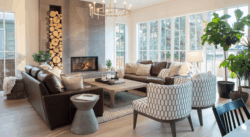
Looking to inject personality and creativity into your home décor while maintaining a sense of order? Enter geometric interior design.
From furniture and decor to architectural features, geometric design elements can add an element of sophistication and flair when well implemented.
Geometric interior design embraces clean lines, bold shapes, and a sense of order that can make any room feel like a work of art. Whether you’re aiming for a minimalist, maximalist, or something in between, geometry provides you with a versatile toolkit to transform your living spaces.
In this article, we’ll dive deeper into the world of geometric interior design and explore how it can breathe life into your living spaces. Whether you’re a design enthusiast or a professional, you’ll find inspiration and insights that will keep you ahead of the curve.
Read on for more on how to use geometry in interior design.
When Interior Design Meets Geometry
Long before interior design became a profession, geometry was already influencing architecture and design. From ancient Greece and Egypt to Medieval castles and Gothic cathedrals, geometric shapes and proportions have been used to construct buildings across ages.
Today, geometry is so integral to interior design that some may say it’s the core foundation that spaces are built upon. Geometric elements create a sense of order, balance, and purpose within the room.
From structural elements to décor details, geometry is everywhere if you know what angles to look at.
Reasons for Geometric Interior Designs
Geometry plays a pivotal role in interior decoration for a multitude of reasons. It’s not just about creating visually pleasing spaces; it’s about adding depth, personality, and a sense of order.
Let’s delve into some of the reasons why geometry is an indispensable tool in interior décor:
1. Focal Points
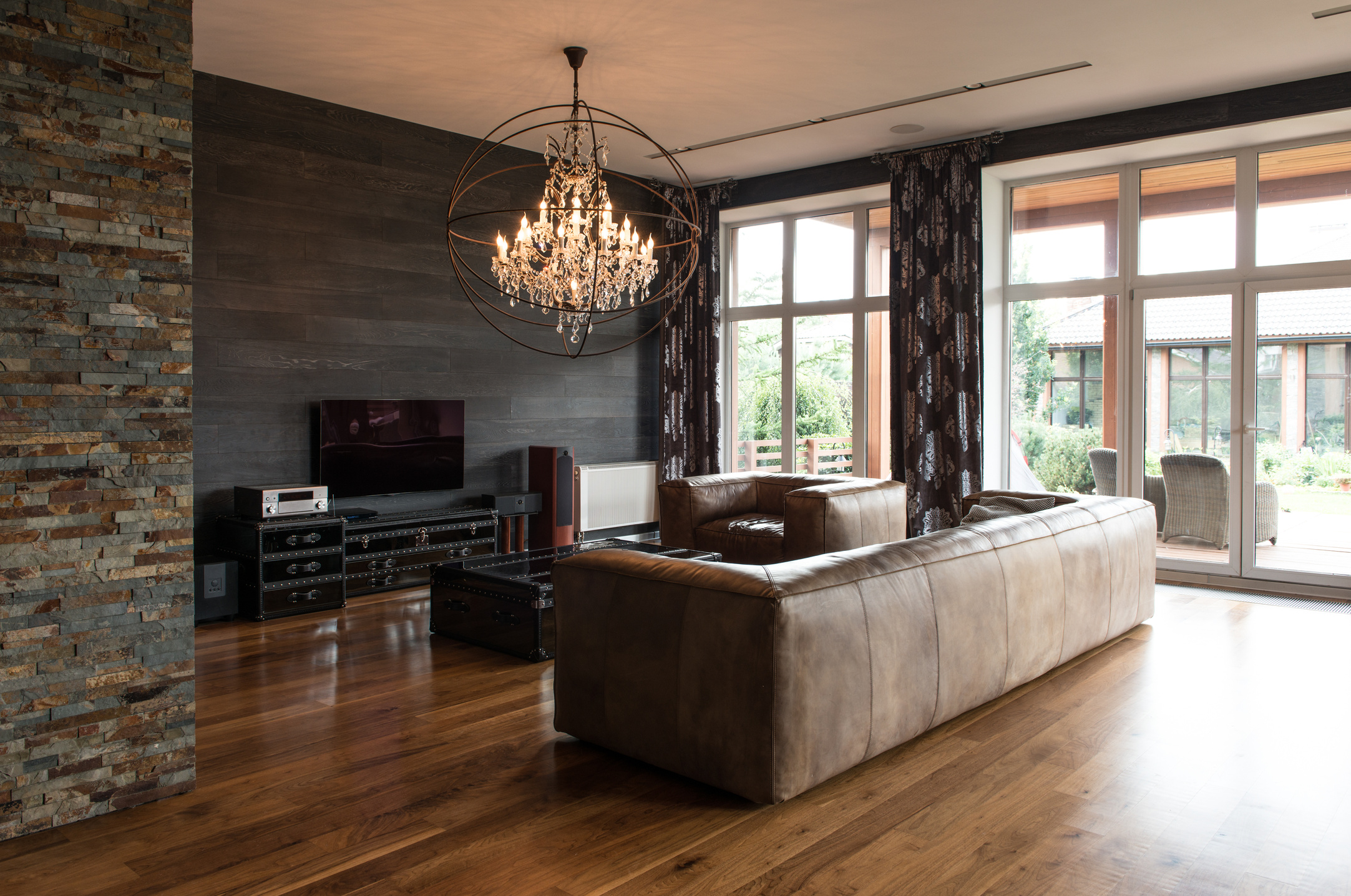
2. Visual Harmony
Geometry brings a sense of visual harmony to a room. The use of geometric shapes, patterns, and forms creates a balanced and organized visual layout—fostering a sense of order and serenity within the space.
Whether it’s a room with symmetrical furnishings or a dynamic asymmetrical design, geometry ensures that every element finds its rightful place, contributing to a visually pleasing environment.
3. Efficiency
Geometry optimizes space and improves efficiency. It’s about making the most of the available area, ensuring that every square inch serves a purpose.
From the layout of furniture to the organization of storage solutions, geometry offers a methodical approach that enhances functionality and comfort.
4. Psychological Impact

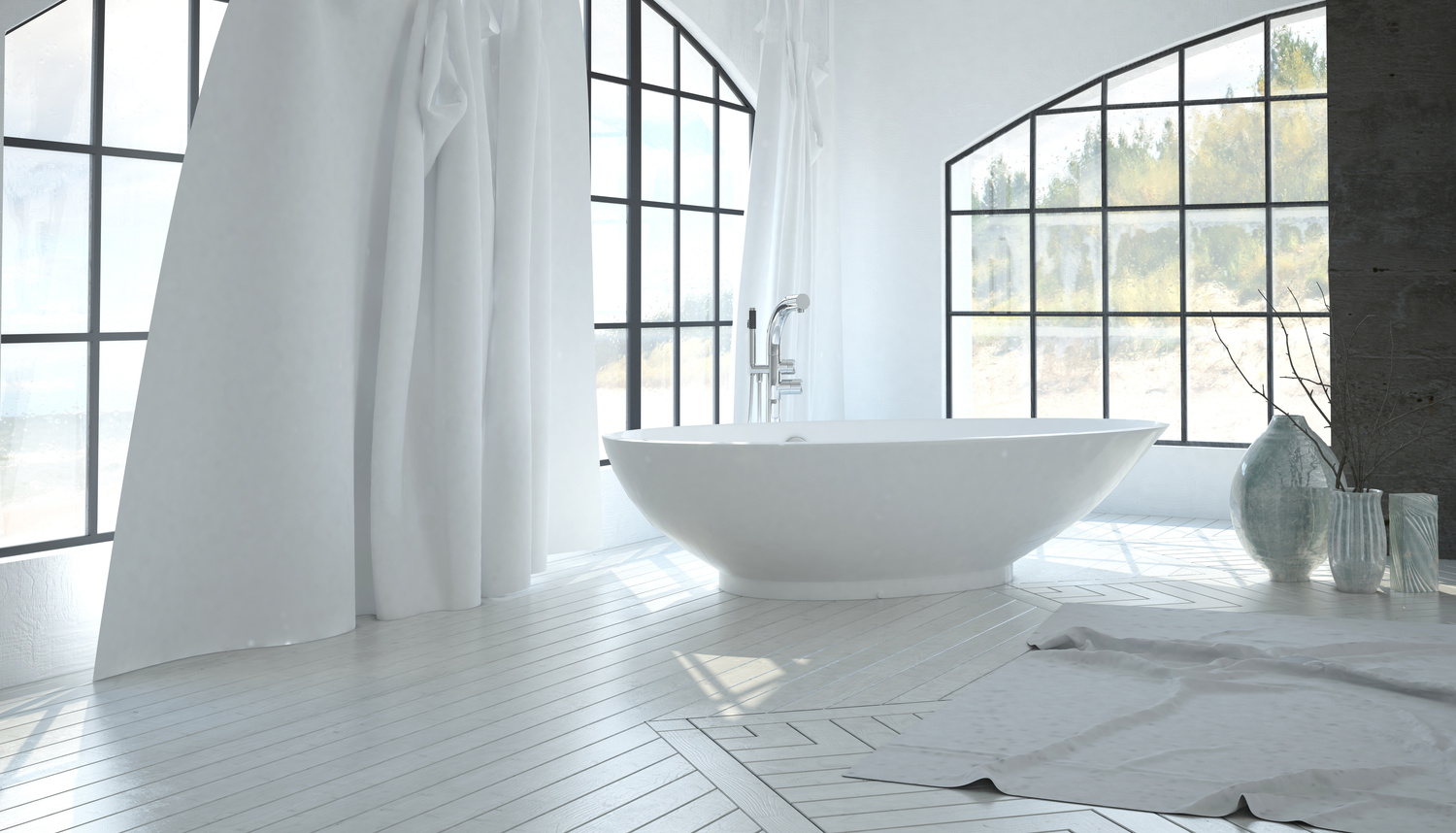
Understanding the psychological impact of geometry can help you tailor your interior design to achieve specific emotional responses.
Use geometry strategically to shape the mood and atmosphere of a room, ensuring it resonates with the intended emotions. Whether you want a room to feel calm, energetic, or welcoming, your choice of geometric elements can set the stage.
5. Personality and Style
Geometry is a versatile tool for expressing personal style within interior decoration. It seamlessly adapts to various design preferences, whether one leans toward a minimalist, maximalist, traditional, or contemporary style.
Geometric elements can be tailored to align with individual tastes, making each space uniquely personalized.
Picture your living space as a canvas—and geometry as the brushstroke that adds structure, balance, and charm.
6. Flexibility
How to Use Geometry in Interior Designers?
The meeting point of interior design and geometry is where we discover the ability to redefine our living spaces. It’s where a blank canvas transforms into a canvas filled with visual stories, where rooms become more than just four walls – they become experiences.
Geometric interior design is about optimizing the use of space, balancing elements, and evoking emotions through shapes, lines, and patterns.
Here are some tips and tricks for using geometry in interior design:
· Balance is Your Best Friend
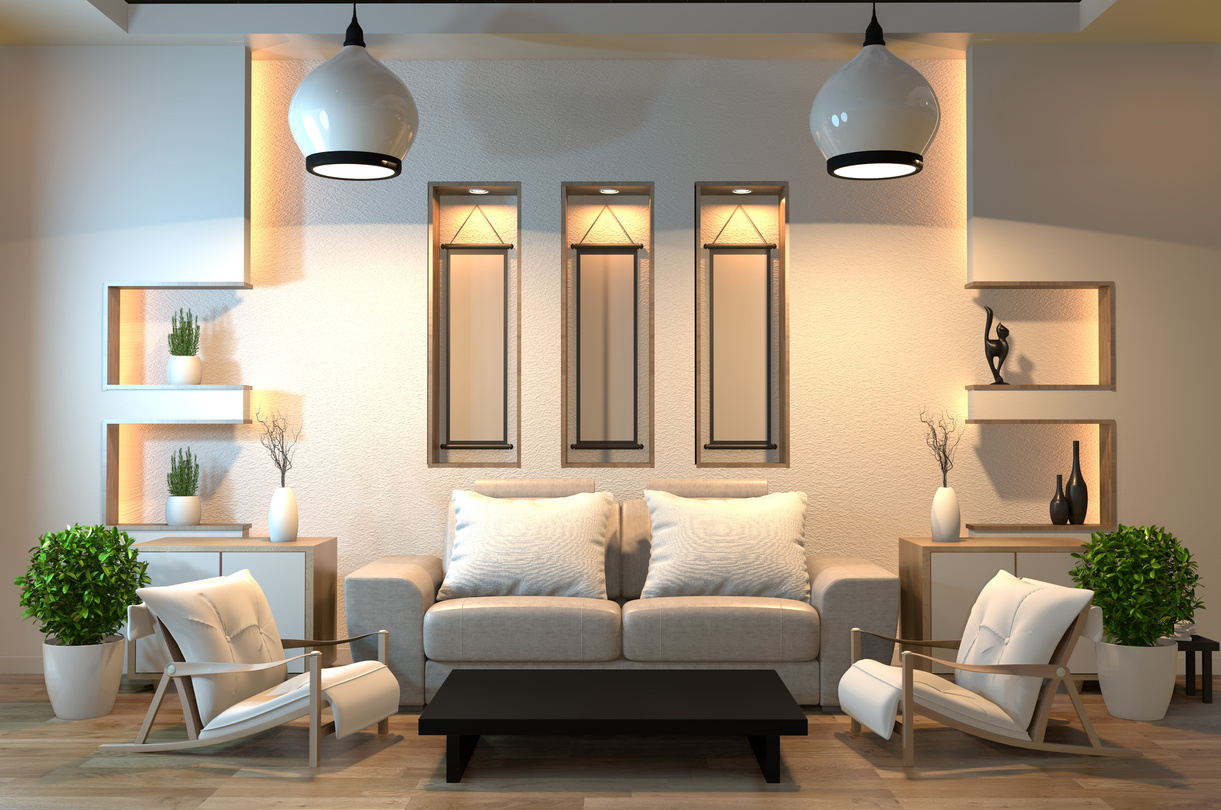
Achieving balance is the Holy Grail of geometric interior design. Balancing various geometric elements in your space is the key to creating a design that is not only visually pleasing but also harmonious and well-structured.
Symmetry, or balance around a central axis, can create a calming and orderly atmosphere. Asymmetry, or balance with unequal elements, can add a dynamic and lively vibe to a space. A well-balanced room typically combines elements of both.
· Dare to Contrast
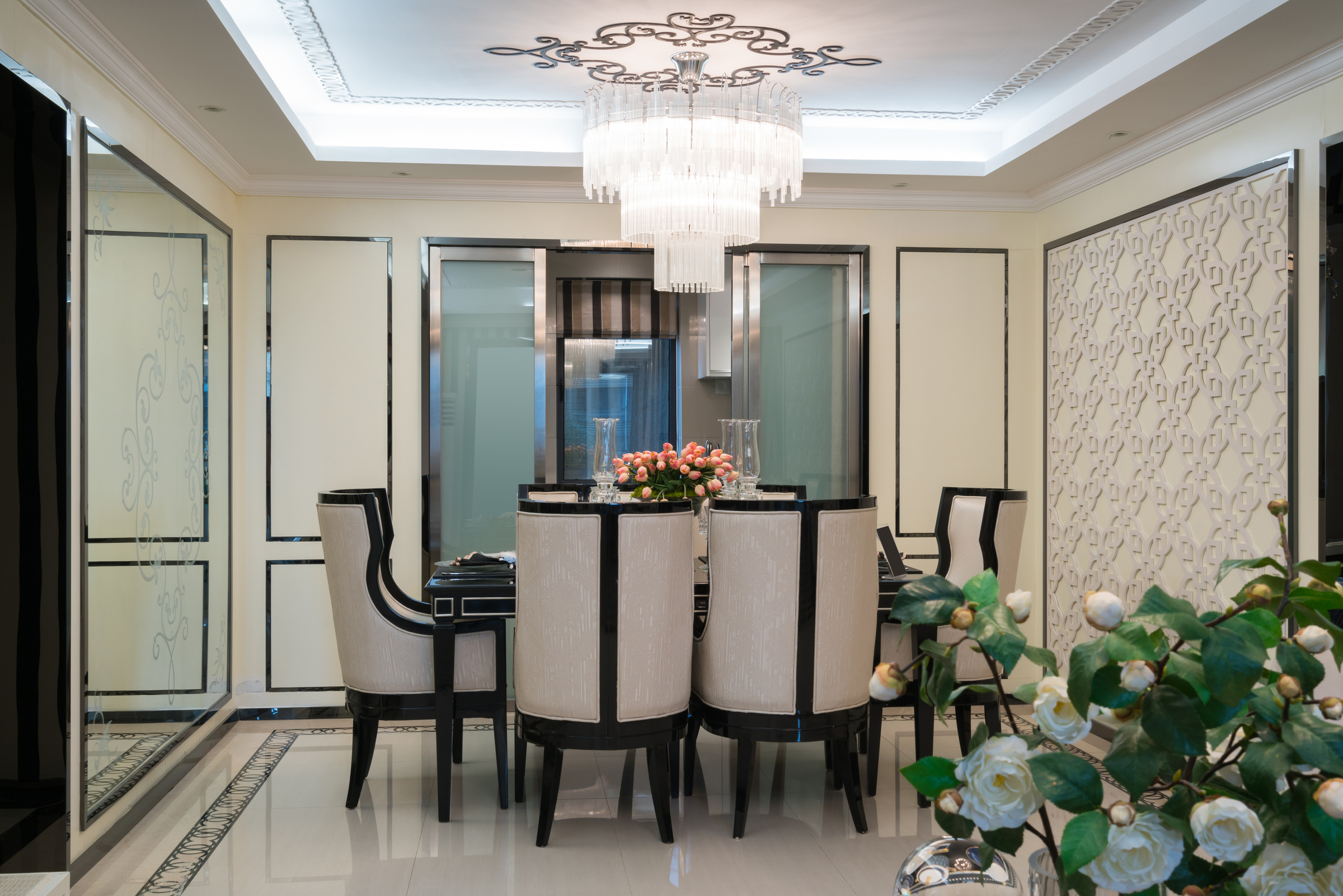
Play with contrast to infuse depth and intrigue into your design. Mix angular furniture with curvaceous decor items, or pair bold black-and-white geometric patterns with soft pastel hues for a striking visual contrast.
Contrast in materials can also be an effective way to highlight geometry. For example, you might pair a sleek, geometric glass coffee table with a warm, wooden floor to create a striking contrast that draws attention to the table’s design.
· Color Counts

Color has a profound impact on our emotions—and can be your most potent tool when working with geometry. Experiment with contrasting or complementary colors to make your geometric patterns and shapes pop and stand out in the room.
Consider how the color of geometric elements in your design affects the mood of the room. For example, blue can evoke a sense of calm, while red may add energy and excitement.
· Play with Scale
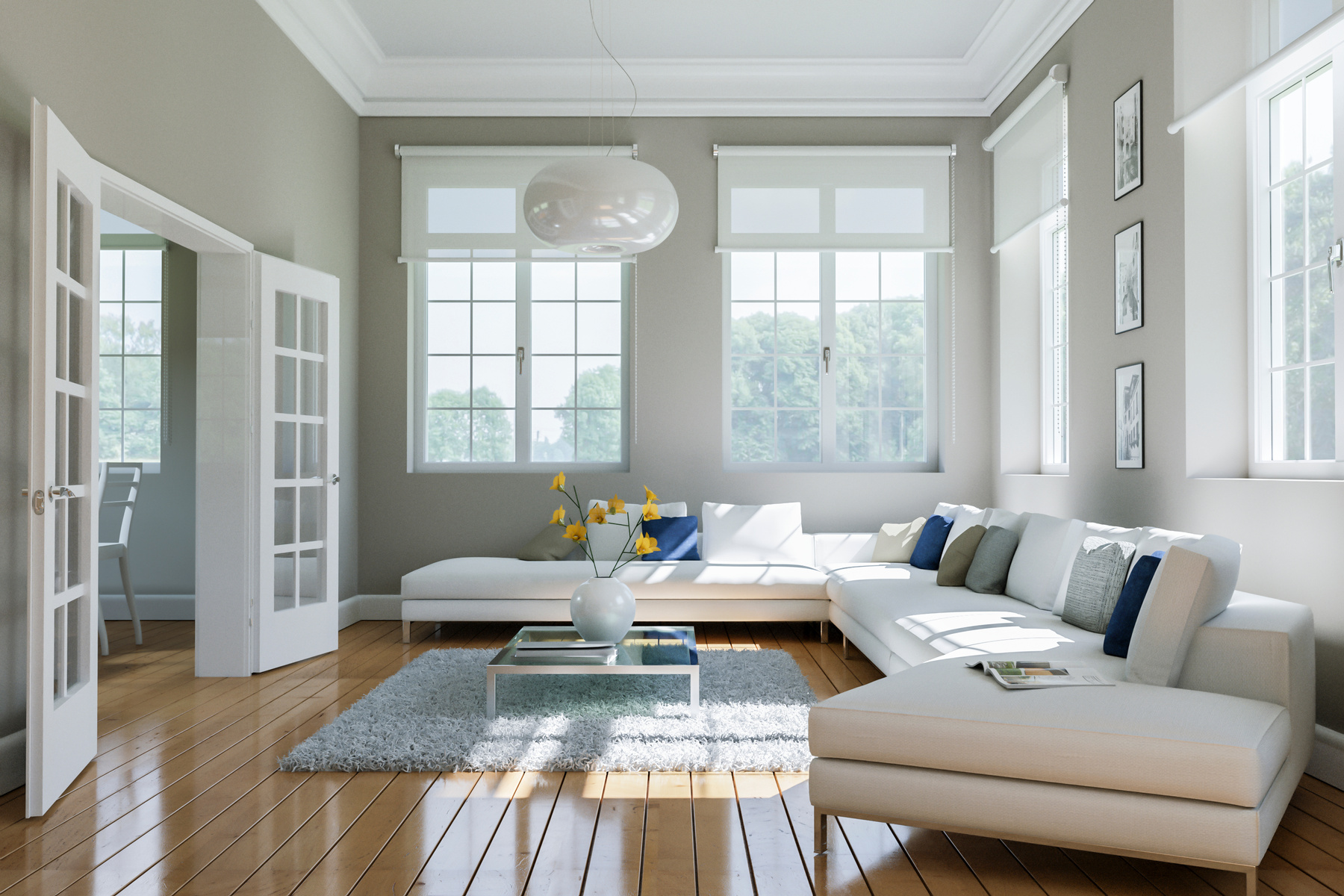
· Light Up with Geometry
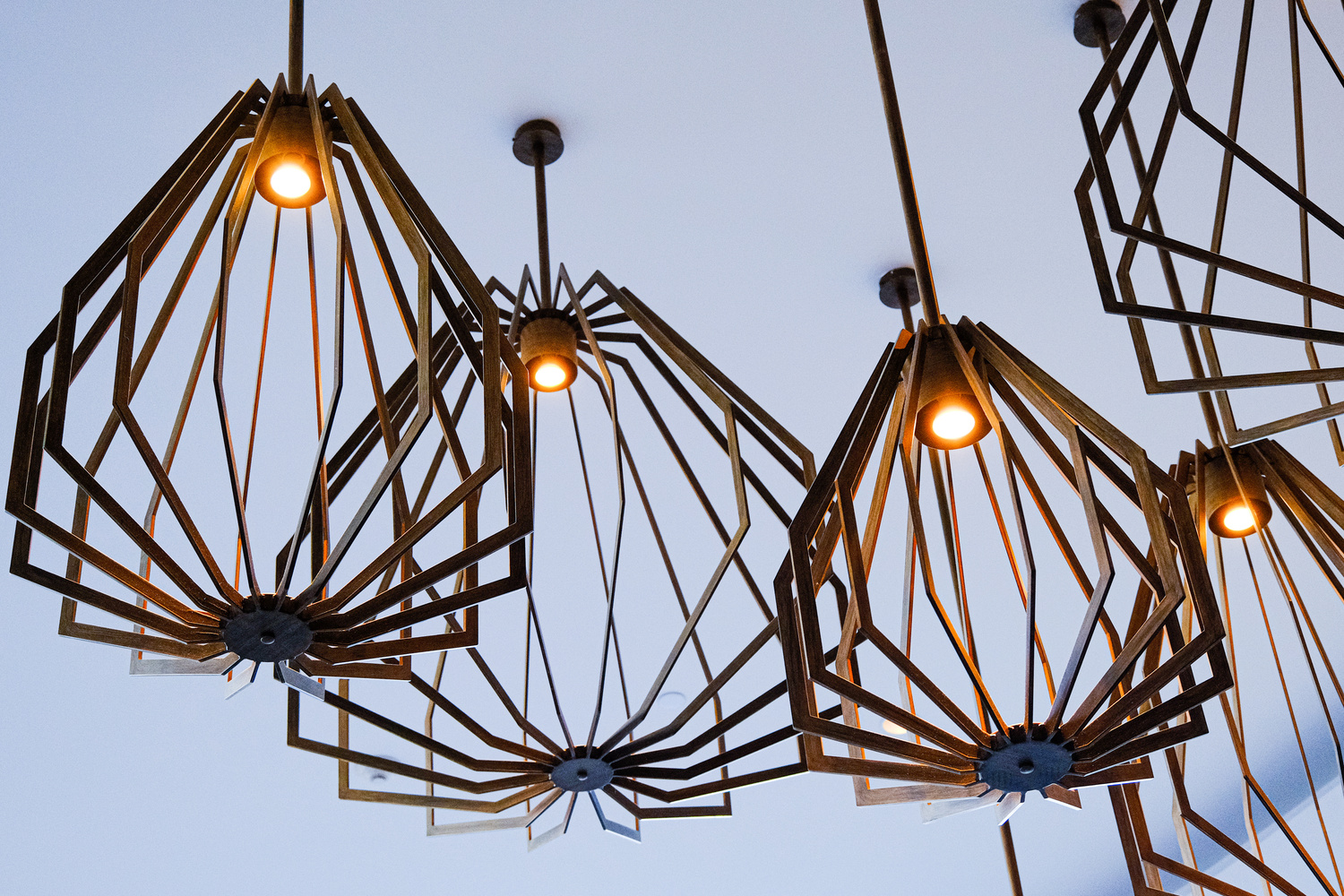
Don’t underestimate the power of lighting. When combined with geometry, lighting can create a mesmerizing ambiance and accentuate the geometric elements in a room.
Geometrically designed lighting fixtures—think pendant lights, chandeliers, and sconces—don’t just illuminate your space; they add a touch of artistry. It’s about playing with angles, shadows, and the interplay of light and shape to create a captivating environment.
· Focal Points that Wow
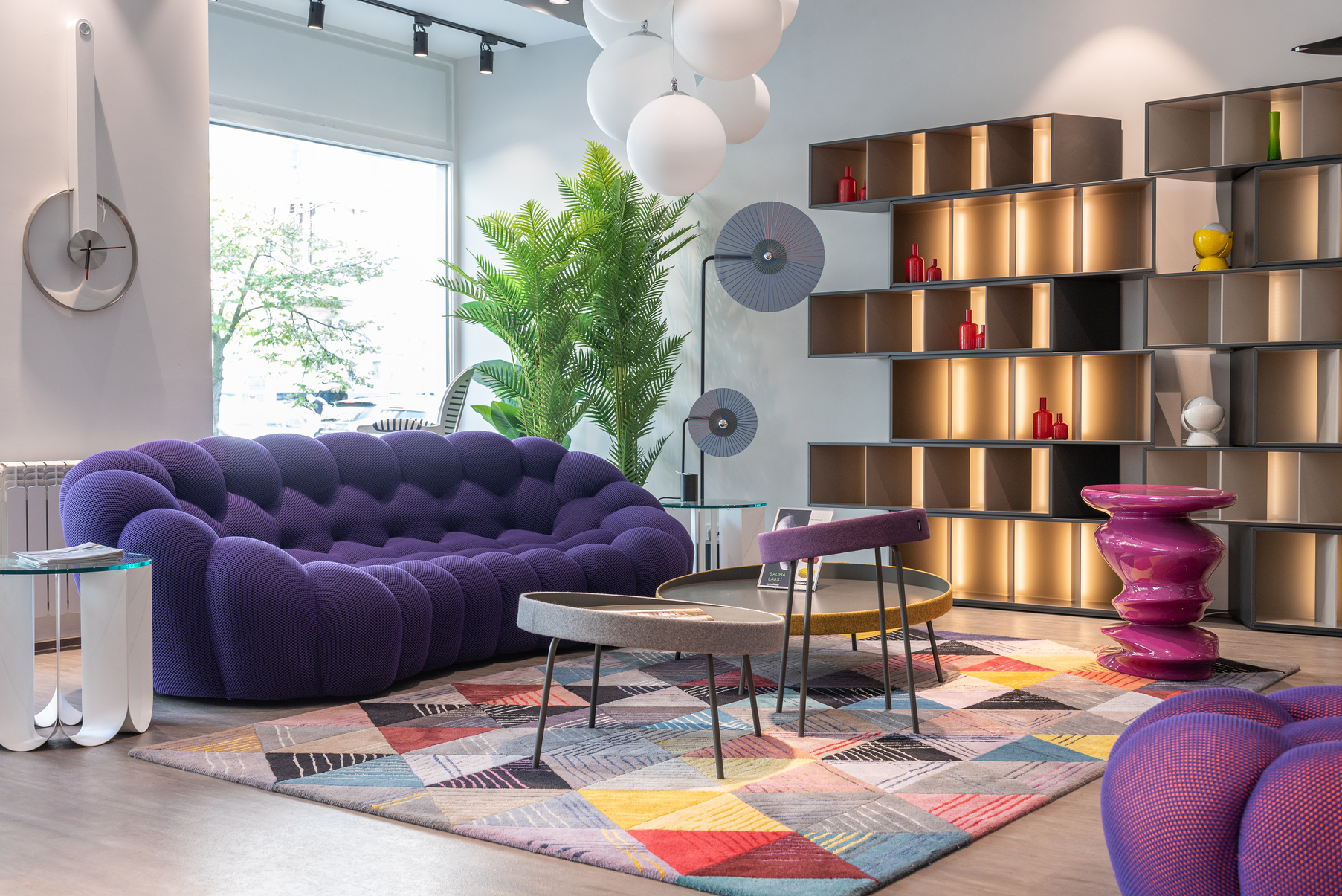
Let geometry define your focal points. A geometrically shaped mirror above the fireplace, an avant-garde coffee table, geometric rugs with bold patterns, or an angular bookshelf can grab attention and give each area of your design a clear purpose.
Creating focal points with geometric elements is an art that allows you to guide the viewer’s gaze and tell a visual story within your space.
· Functionality is King
· Proportions Matter
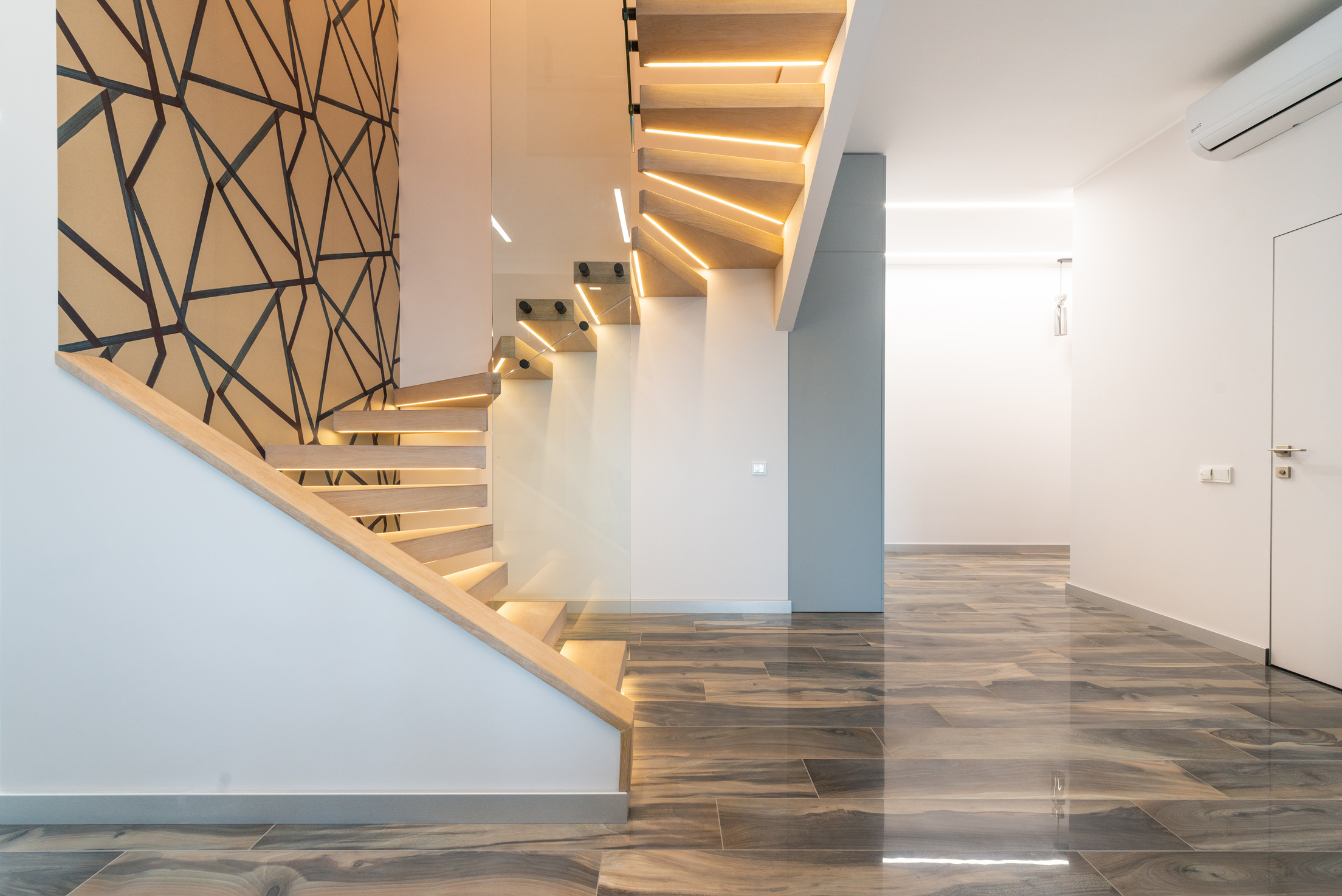
When it comes to geometry, proportions are non-negotiable. The golden ratio and principles of scale are your trusty allies.
Interior designers often employ the golden ratio to create balanced and aesthetically pleasing compositions. It’s a proportion that is considered visually harmonious and can be applied to determine the ideal placement of furniture, the dimensions of architectural elements, and even the layout of decor.
Ensure that the proportions of elements within your room align with these geometric guidelines to achieve a design that feels just right.
Incorporating geometry into your interior design is a thrilling journey that opens doors to endless creative possibilities. By embracing these tips and tricks, you’ll not only elevate your design game but also create spaces that are visually captivating, utterly functional, and distinctly yours.
Bottom Line: Redefine Your Space Geometric Interior Designs
Whether you’re an aspiring interior designer, a homeowner with a passion for aesthetics, or simply someone looking to refresh their living space, the world of geometry in interior design is yours to explore. It’s an adventure filled with endless possibilities, where the synergy of creativity and precision gives birth to spaces that are as unique as you are.
As you embark on your own interior design projects, remember that geometry is not just a design tool; it’s a creative adventure.
With a touch of artistry, a dash of precision, and a deep understanding of the principles we’ve explored, you have the ability to redefine your space.

